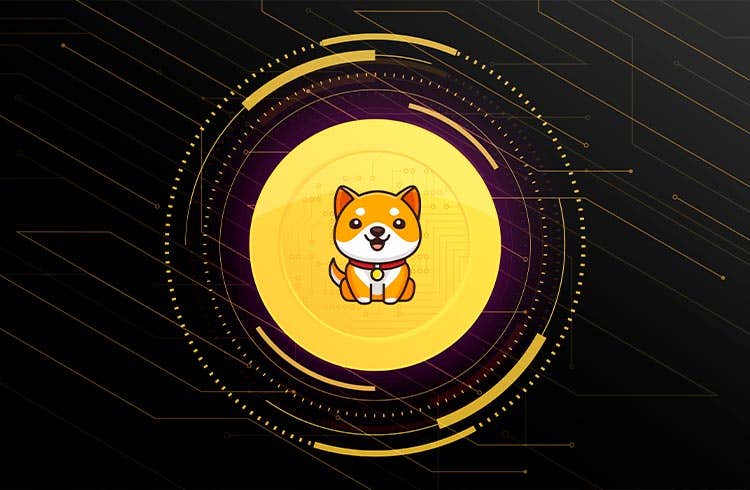Table of Contents
In a world characterized by rapid technological advances, artificial intelligence (AI) has emerged as a transformative force, reshaping industries and challenging traditional work dynamics.
As AI becomes increasingly integrated, it is imperative to assess its impact on various aspects of our society.
This article journeys through the complicated web of AI’s impact on gender equality in the workplace, unraveling both its promise and its dangers.
The current landscape of equality between women and men in the world of work
Before we delve into the intersection of AI and gender equality, it is important to understand the challenges that exist.
Gender inequalities exist across all industries, with women facing barriers to employment opportunities, pay gaps and leadership positions. According to the WEF’s Global Gender Gap Report 2022, the global proportion of women in leadership positions was last year at 31% (although the proportions vary depending on the industry).
In 2022, there will only be close to gender parity in leadership positions in selected industries:
- Non-governmental organizations and affiliates – 47%
- Education – 46%
- Personal Services and Wellbeing – 45%
At the other end of the scale were:
- Energy – 20%
- Manufacturing – 19%
- Infrastructure – 16%
The report also found that only 27% of leadership positions worldwide are held by women.
The report “Gender Pay Gap in the UK 2022” also shows that the gender pay gap for all employees in the UK last year was around 15.5%. And according to UN Women, there were January 2023 only 34 countries in which a woman held the office of head of state or government.
These discrepancies reflect deeply rooted prejudices and stereotypes that continue to hinder women’s progress.
Unleashing the potential of AI for gender equality
While there are still challenges, AI offers hope for a fairer future.
One of its most promising facets is its potential to eliminate bias in hiring and recruiting processes. AI algorithms, when properly designed and trained, can help eliminate inherent bias and enable fair and impartial applicant selection.
For example, they can analyze large numbers of applicants or find employees with specific skills or experience.
Additionally, AI-powered tools have helped identify and eliminate pay disparities. At the beginning of the year, the British government published guidelines for the first time to help employers: measure the pay gap in the workforce by ethnicity and using AI, among other things. The guide will enable companies to do this meticulously without placing an unfair burden on them.
This is just one example of how AI can be used to promote fairness and equality in the workplace.
However, there are also concerns that AI can increase inequality, if it is not adequately regulated and monitored.
Shadows of Bias: AI and Gender Inequality
AI systems, like any other technology, are vulnerable to encoding existing biases in the training data. This can perpetuate or even exacerbate gender inequalities. The “black box” nature of AI decision-making processes makes it difficult to identify and correct biased results.
Amazon stopped using an AI-based recruiting tool in 2018, which showed a bias against male applicants in technical positions. The company’s team of machine learning experts identified a significant problem: the newly developed recruiting software showed a bias against women.
There are also concerns that AI systems that measure personality are unreliable and can be integrated into settings without the knowledge of HR managers or applicants.
Regulation is underway to address these issues. Earlier this year A New York City law restricted the use of AI tools in the hiring process. These regulations, in effect since July 5, 2023, govern the use of AEDTs and AI by employers and require bias testing and disclosure to employees and applicants.
In the EU, however, things are still largely unregulated. A 2021 proposal aims to regulate the use of AI in hiring, which could impact various aspects of the hiring process, including job postings, application screening, and applicant evaluation.
However, its implementation could a lengthy process be.
Skills, training and development in an AI-driven world
To harness the possibilities of AI, it is of utmost importance to equip women with the relevant skills. As this technology continues to transform various sectors, it is crucial that women have access to training and upskilling.
The Microsoft AI School operated by Simplon, for example, offers an AI training program aimed at narrowing the gender gap and introducing new talent to the digital workforce in Europe.
Founded in 2018, the school focuses on making it easier for women, refugees, people with disabilities and career changers to enter the AI industry.
Another notable project is the Deloitte initiative “Women in AI”which aims to raise awareness of the impact of under-representation of women in the field of AI.
AI Leadership: Breaking the Glass Ceiling or Consolidating the Status Quo?
The representation of women in leadership positions in the AI sector itself deserves investigation. As AI becomes a driving force of technological innovation, diversity in leadership positions will become even more important.
IBM, for example, has actively advocated for gender-equitable leadership in AI. In 2021, the Tech giant Women Leaders in AI and honored women who are doing pioneering work in the field of AI in their companies.
Feminist Internet is another company at the forefront of promoting gender-equitable leadership in AI. It has a Chatbot called F’xa developed which aims to raise awareness of bias in AI systems, particularly in voice technology.
Similarly dedicated Project Q improving inclusivity in voice technology through the development of a “gender-neutral voice assistant.”
Future perspectives and recommendations
The intersection of AI, gender and privacy leads to complex ethical considerations. The collection and use of personal data by AI systems raises concerns about data security and invasion of privacy, with women potentially being disproportionately affected.
Finding a balance between technological advances and respecting individual rights is a challenge that policymakers and organizations must address together.
Looking ahead, AI’s impact on gender equality is both promising and uncertain. To achieve a positive result, joint efforts are required. Politicians, companies and educational institutions must come together to formulate strategies that harness the potential of AI for gender equality.
Efforts like that UNESCO Recommendation on the Ethics of Artificial Intelligence and the first global AI standards framework lay the foundation for driving change through research and advocacy.
Another example is the WEF initiative “Women in AI“, which aims to reduce the gender imbalance in AI by showcasing the achievements of female pioneers in the field.
The conclusion
In the ever-evolving landscape of AI and gender equality, the decisions we make today will shape the future for generations to come.
The potential to create a more equitable workforce through AI is within our reach, provided we address bias, invest in skills, and embrace diversity at all levels.
Crypto exchanges with the lowest fees 2023
- Is Dogecoin on the Verge of Explosive Growth? Experts Predict a 1,000% Surge - January 15, 2025
- PEPE Price Analysis and Prediction – January 14, 2025 - January 15, 2025
- Washington Post: Trump to sign new bitcoin legislation on first day in office - January 14, 2025
























